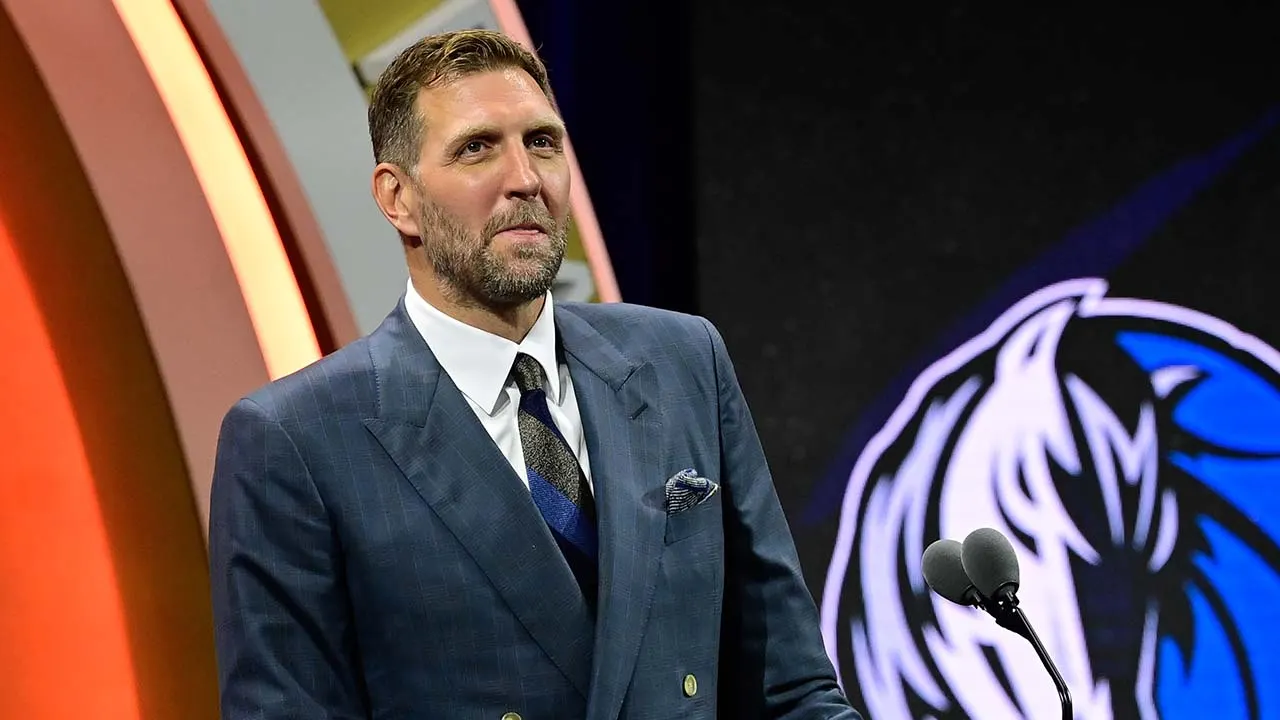TORONTO, Canada—The early scenes of the new animated film The Wild Robot, which just premiered at the Toronto International Film Festival, offer the kind of heart-swelling, gasp-worthy wonder that is all too rare these days.
Based on a popular children’s book series by Peter Brown, the film directed by Lilo & Stitch’s Chris Sanders, opens on the title machine, voiced elegantly by Lupita Nyong’o, washing ashore in a strange land, the waves lapping against her shipping container. There are no humans around, only animals who are curious but fearful. She just wants to help. That’s, after all, what she’s been programmed to do.
The film that unfolds is a stunningly crafted tale of nature versus nurture and how even the most inorganic creations can adapt to their surroundings. It evokes its forebears like Wall-E and The Iron Giant, while etching out its own path through richly textured animation and a brilliant lead performance. And the wonder is only slightly curtailed when all the animals start to speak with the voices of Pedro Pascal, Kit Connor, and Bill Nighy.
Yes, this is a DreamWorks production, and it eventually evolves into something a little less abstract than it initially lets on. It becomes a little more traditionally kid-movie, but still sticks an emotionally resonant landing.
Those first moments are the most entrancing, however. After her crash, the robot, a “Rozzum” model who eventually goes by the name “Roz,” is cheerily adrift. She desperately wants to be of use, but her potential customers are perplexed otters, raccoons, and other woodland creatures. Roz is graceful but unwieldy as she traipses against painted skies. The island’s other inhabitants are rendered adorably with large eyes and impressionistic fur. I’ll admit, I cooed multiple times to myself during my screening.
Unable to understand these critters at first, Roz recalibrates her internal systems so she can interpret animal dialects, and soon we begin to hear the forest chatter. Building translation into Roz’s system is a handy device so that talking animals are suddenly a reasonable development, even if there’s something purer about the furry characters remaining silent. For that type of experience I recommend the Latvian animated film also playing at TIFF, Flow, about a kitty facing rising water levels with a gang of fellow non-human survivors. It’s astounding, but perhaps less accessible for the wee ones than The Wild Robot, which has Catherine O’Hara cracking jokes as a possum mom and Matt Berry as a very determined beaver.
Roz’s attempts at assistance go terribly wrong when she causes irreparable harm, inadvertently falling into a nest. The mother goose dies, but one egg remains intact. In that unborn chick Roz finds her purpose. Once born, the gosling imprints on her as his mother, and while initially not very maternal, she leans into the job as if it’s another household task she must complete for some suburban parent.
She’s semi-supported in this mission by a fox aptly named Fink (Pascal), an outcast on the island thanks to his sly tendencies. (He is a fox, after all.) He at first taunts Roz, more interested in eating her new charge than supporting his growth, but, eventually, they form a makeshift family. The gosling gets slightly less squee-inducingly cute with those enormous eyes as he grows into Brightbill (Connor), who loves Roz but is an outcast among the other geese.
Roz, meanwhile, forges ahead with her task to prepare Brightbill for his winter migration, despite his small wings that make it hard for him to fly. Those scenes are scored by a Maren Morris song, “Kiss the Sky,” that reads slightly out of place with its twangy sensibilities and extremely on the nose lyrics.
And indeed the plot gets a little unwieldy in the second half, as Brightbill takes flight and Roz is pursued by the capitalist, unfeeling company that made her, but it all culminates in multiple sequences of animal solidarity that are bound to melt the most cynical of hearts. Part of the success is due to the excellent character animation, which combines cartoon pop art with real animal behavior. (There’s a moment when Fink nests in preparation to sleep that reminded me of my dog.)
Perhaps the greatest part of The Wild Robot is the robot herself. Nyong’o never falls into the trap of playing quote-unquote robotic, and slowly builds out Roz’s soul over the course of the film. Meanwhile, the animators find the whirring personality within the metal frame, making her simultaneously imposing and cuddly, the colors in her glass eyes flickering with emotion.
The lessons of The Wild Robot are simple, but the artistry it uses to get there is anything but. It’s the kind of kids movie that feels all too rare with its painterly backdrops and genuine earnestness. The whole family is likely to fall in love.
The post ‘The Wild Robot’ May Be the Next ‘Wall-E’ Animated Tearjerker appeared first on The Daily Beast.



















